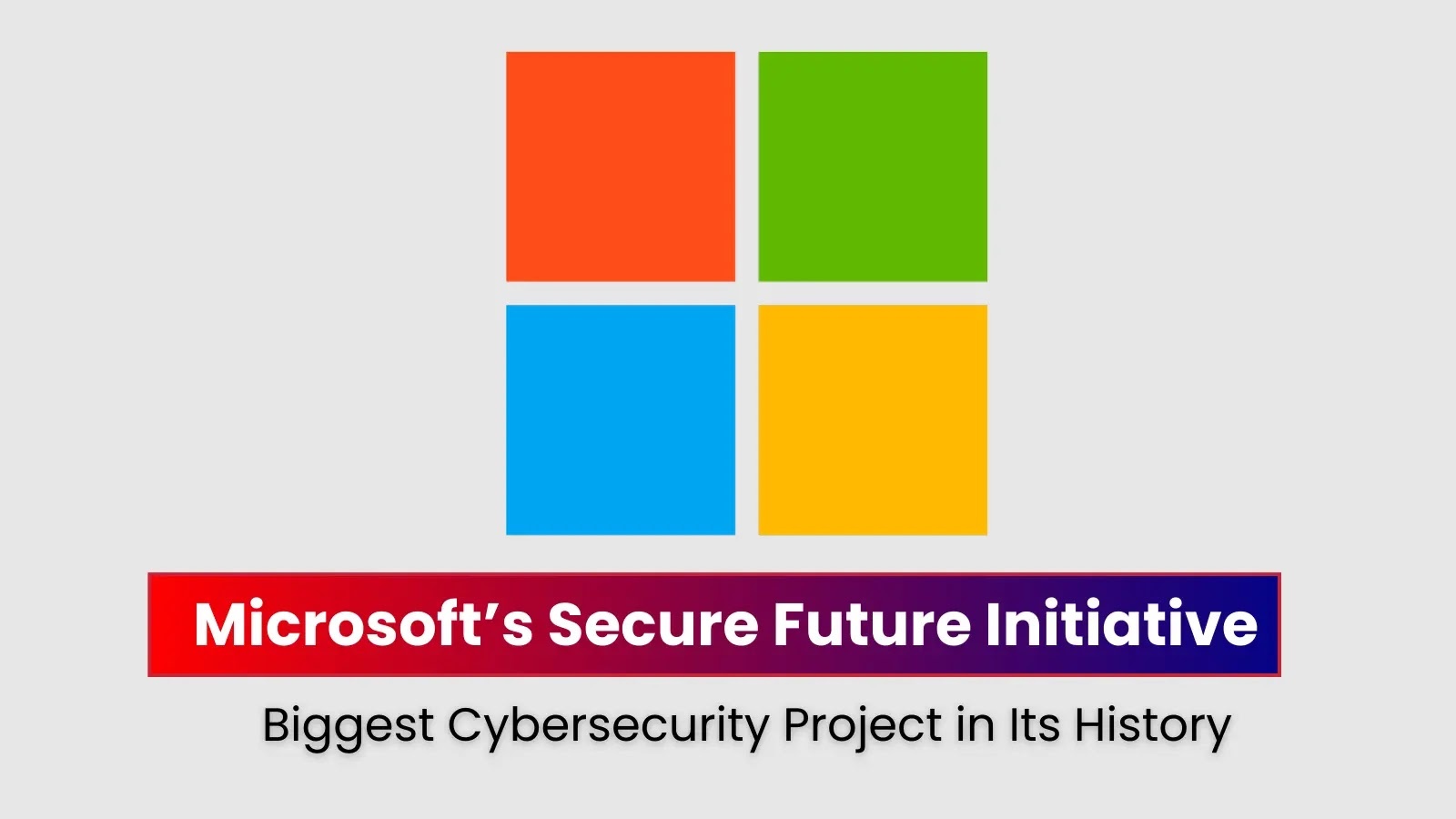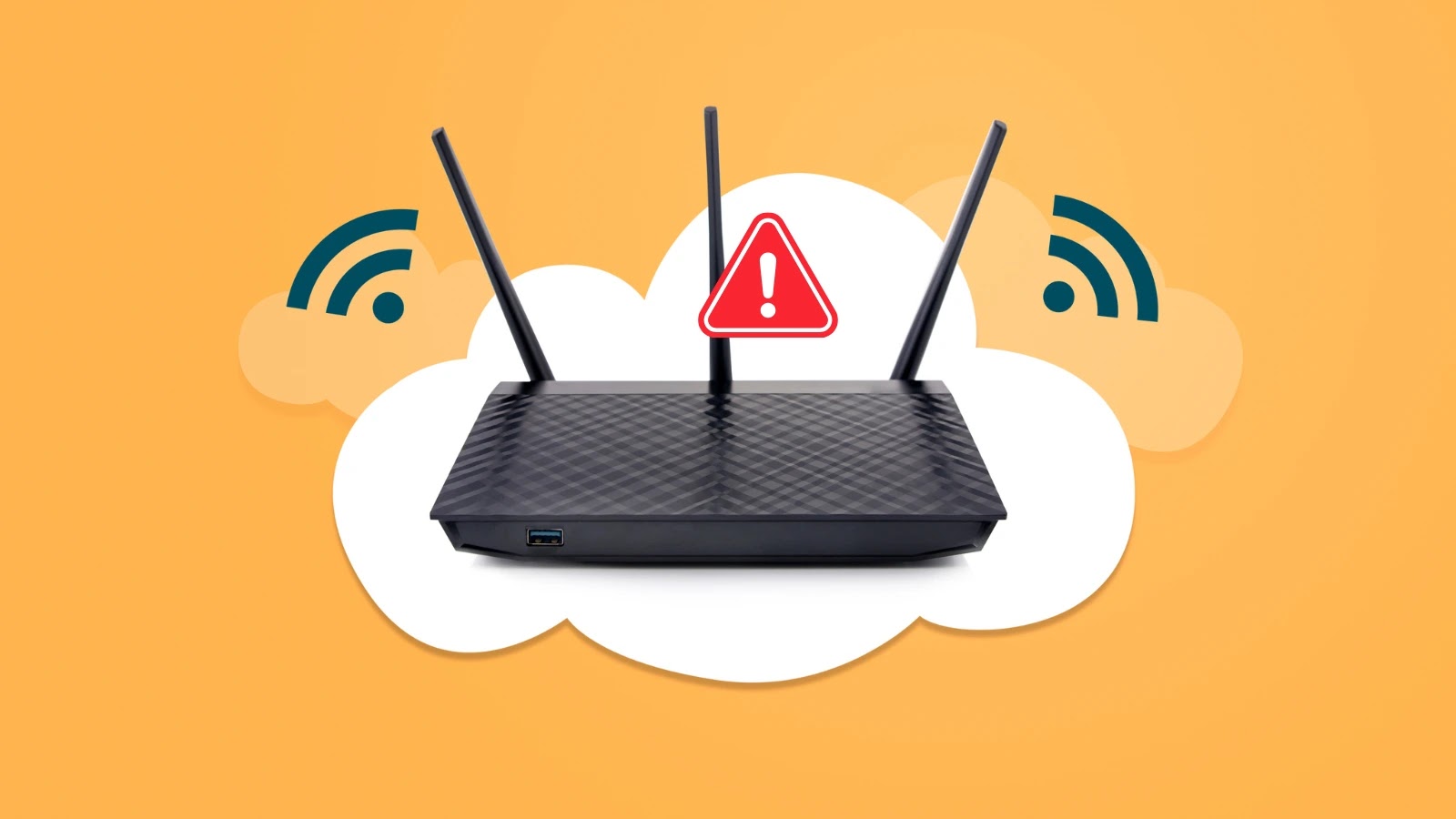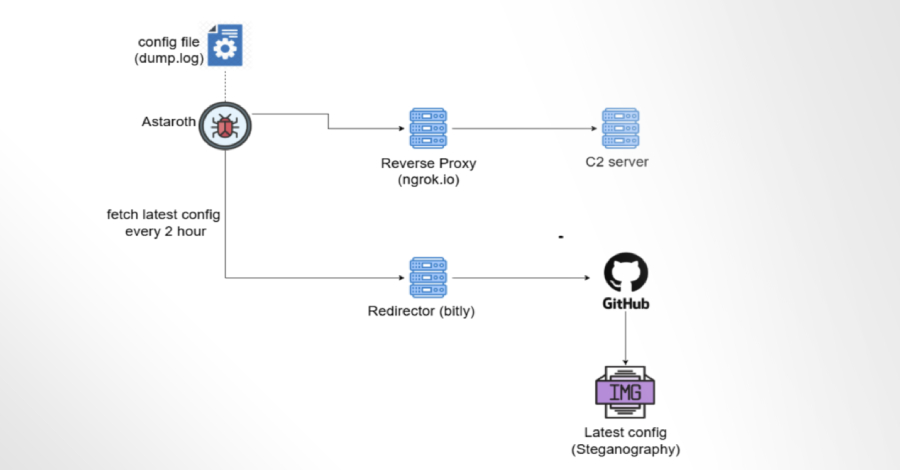In response to escalating cyber threats and recent security breaches, Microsoft has embarked on its most ambitious cybersecurity project to date—the Secure Future Initiative (SFI). Spearheaded by Charlie Bell, Executive Vice President of Microsoft Security, SFI represents a company-wide commitment to fortifying security measures, enhancing product resilience, and fostering a culture of security-first thinking across all levels of the organization.
Background and Launch of SFI
The genesis of SFI can be traced back to a series of sophisticated cyberattacks that exploited vulnerabilities within Microsoft’s infrastructure. Notably, in the summer of 2023, Chinese state-sponsored hackers infiltrated government email accounts by exploiting weaknesses in Microsoft’s identity verification tools. This breach underscored the urgent need for a comprehensive security overhaul. In November 2023, Microsoft officially launched SFI, marking a pivotal shift towards prioritizing cybersecurity in all facets of its operations.
Core Principles of SFI
SFI is built upon three foundational principles:
1. Secure by Design: Integrating security considerations from the inception of product and service development to preempt potential vulnerabilities.
2. Secure by Default: Ensuring that security features are enabled automatically, requiring minimal user intervention to maintain robust protection.
3. Secure Operations: Continuously enhancing security controls and monitoring mechanisms to address both current and emerging threats effectively.
Organizational Commitment and Cultural Shift
Recognizing that technology alone cannot address all security challenges, Microsoft has initiated a profound cultural transformation. Every employee now has a Security Core Priority integrated into their performance evaluations, with 99% completing mandatory Security Foundations and Trust Code training. Additionally, over 50,000 employees have participated in the Microsoft Security Academy, equipping them with the knowledge and tools to prioritize security in their respective roles. This widespread engagement reflects Microsoft’s dedication to embedding a security-first mindset throughout the organization.
Innovations in Product Security
Under the SFI framework, Microsoft’s engineering teams have introduced significant innovations aligned with the Secure by Design, Default, and in Operations principles. A notable development is the Secure by Design UX Toolkit, which has been tested by 20 product teams, deployed to 22,000 employees, and made publicly available. This toolkit embeds security best practices into product development, assisting teams in identifying vulnerabilities and prioritizing fixes. Furthermore, 11 new security features have been integrated across Azure, Microsoft 365, Windows, and Microsoft Security products to enhance default protections.
In the realm of artificial intelligence, Microsoft has implemented dedicated security and safety reviews under its Artificial Generative Intelligence Safety and Security Organization. Secure operations practices, detailed in the Responsible AI Transparency Report, are now standard across AI systems. These efforts have also thwarted $4 billion in fraud attempts through new policies and detection models.
Strengthening Defenses Against Cyberthreats
The SFI report highlights significant strides in protecting identities, networks, and systems. Following the 2023 Storm-0558 attack, Microsoft migrated Entra ID and Microsoft Account (MSA) token signing keys to hardware-based security modules (HSMs) and Azure confidential VMs, with automatic rotation and new defense-in-depth measures. Over 90% of identity tokens for Microsoft apps now use a hardened identity Software Development Kit, and 92% of employee accounts employ phishing-resistant multifactor authentication.
Microsoft has also reduced lateral movement risks by transitioning 88% of resources to Azure Resource Manager, removing 6.3 million unused tenants, and restricting authentication for 4.4 million managed identities to specific network locations. Network security has improved with 99% of assets inventoried and new features like Network Security Perimeter and DNS Security Extensions.
Microsoft’s ability to detect and respond to cyberthreats has grown, with over 200 new detections added for top tactics, techniques, and procedures, set to be integrated into Microsoft Defender. The company now centrally tracks 97% of production infrastructure assets and enforces a two-year retention policy for security logs. Through its Zero Day Quest, Microsoft proactively identified 180 vulnerabilities in cloud and AI systems, expanding its mitigation program to cover more products and environments.
Governance and Accountability
To ensure the effective implementation and oversight of SFI, Microsoft has established a robust governance framework. The Cybersecurity Governance Council, led by Chief Information Security Officer (CISO) Igor Tsyganskiy, comprises Deputy CISOs across key functions and engineering divisions. This council is responsible for overseeing Microsoft’s cyber risk, defense, and compliance strategies. Additionally, security performance is now directly linked to executive compensation, reinforcing the importance of cybersecurity at the highest levels of the organization.
Conclusion
Microsoft’s Secure Future Initiative represents a monumental effort to redefine the company’s approach to cybersecurity. By integrating security into every aspect of its operations, fostering a culture of continuous improvement, and implementing innovative security measures, Microsoft aims to set a new standard for cybersecurity excellence. As cyber threats continue to evolve, initiatives like SFI are crucial in safeguarding not only Microsoft’s infrastructure but also the broader digital ecosystem.



